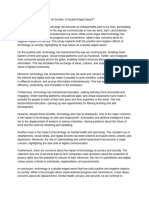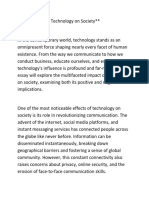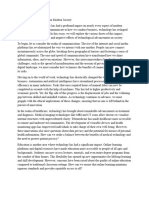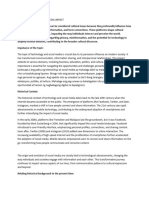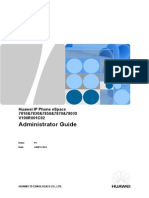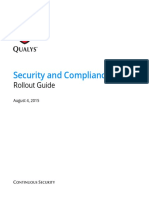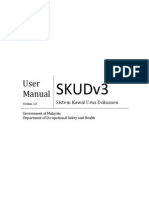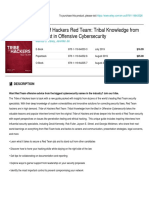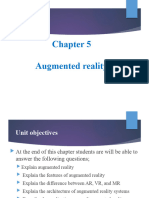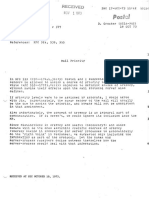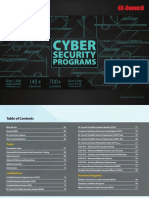0% found this document useful (0 votes)
28 views3 pagesBerks Community Television: Technological in Uence On Society
The document discusses the dual impact of technology on society, highlighting both its transformative benefits in areas like communication, learning, and healthcare, as well as its drawbacks such as reduced face-to-face interaction, distractions, and privacy concerns. It emphasizes the inextricable link between technology and daily life, while also addressing issues like physical health decline and cybercrimes resulting from excessive technology use. Both sources advocate for a balanced approach to harness technology's advantages while mitigating its risks.
Uploaded by
Aprilyn Arbonida ManabatCopyright
© © All Rights Reserved
We take content rights seriously. If you suspect this is your content, claim it here.
Available Formats
Download as PDF, TXT or read online on Scribd
0% found this document useful (0 votes)
28 views3 pagesBerks Community Television: Technological in Uence On Society
The document discusses the dual impact of technology on society, highlighting both its transformative benefits in areas like communication, learning, and healthcare, as well as its drawbacks such as reduced face-to-face interaction, distractions, and privacy concerns. It emphasizes the inextricable link between technology and daily life, while also addressing issues like physical health decline and cybercrimes resulting from excessive technology use. Both sources advocate for a balanced approach to harness technology's advantages while mitigating its risks.
Uploaded by
Aprilyn Arbonida ManabatCopyright
© © All Rights Reserved
We take content rights seriously. If you suspect this is your content, claim it here.
Available Formats
Download as PDF, TXT or read online on Scribd
/ 3


















